Return to BespinReturn to Bespin
The Battle of Endor is long passed, and the Empire is struggling to keep what is left of it's former glory. Admirals are seizing territories and trying to reestablish trade…
Plans for a Prototype Rebel StarFighter to be named the 'B-WING' have been stolen. The plans have reportedly ended up in the hands of the infamous Boba Fett. Your mission is to recover the stolen B-Wing plans and terminate Boba Fett, once and for all.
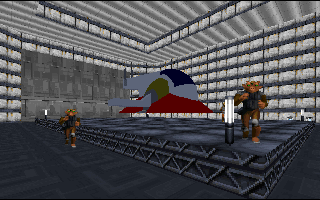
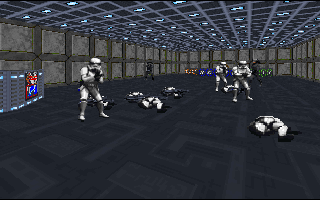
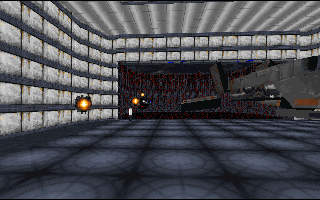
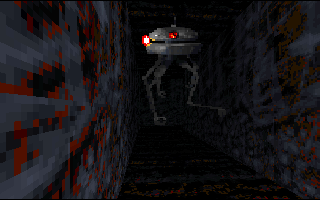
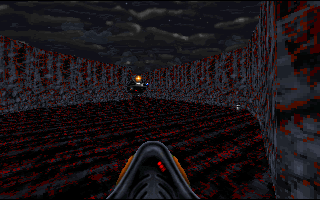
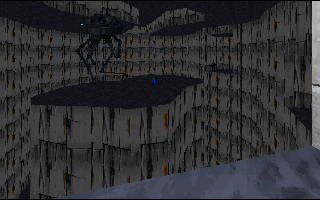
You come at the king, you best not miss.
We've seen Boba Fett included in so many missions it's practically a subgenre of the DF mod community. At this point the first two things I look for in a briefing are Dark Trooper and Boba Fett references, and my expectations get adjusted downward should I find them. A mission needs to earn their inclusion through depth of story, strength of design, and offering something unique.
Terminate Boba Fett swings big with elaborate mazes, new community-built assets, and swapped enemy logics. The key and switch hunts take you all over a sprawling labyrinth of a level, but the work of deciphering it all overwhelms what fun there is to find. Additions like a lightsaber patch and references to beloved starfighters don't add much.
The author, Richard Gold, definitely has a penchant for complicated caverns stocked with jumping puzzles. There's a sense of deja vu playing Escape from Hoth and this so near each other as both devote a sizable portion of their geometry to underground locales. In the case of Escape from Hoth it made narrative and gameplay sense: meeting the Imperial war machine face-to-face is a losing proposition, so sneaking through ice caverns to traverse the map and accomplish your objectives is good tactics. But with Terminate Boba Fett you'd be hard-pressed to explain why keys to the base are dropped in the middle of Mario-esque madness, except as a design crutch to keep the player busy.
They might not make much sense but the natural settings are at least interesting. Each section has a contrasting look and focus to its challenges, and the geometry of each is distinctive. In comparison the central base is underwhelming. It feels more like the early block out from a rough draft than a finished product. The interior acts as a central hub to let the player navigate to the other areas, and it doesn't have much more to do than that. Each of the four spokes is pretty much the same, which means boxy and generic. It's quite easy to forget which side of the base you're on and which door correlates to which of the keys you just recovered.
The fractal maze layout of the map is coupled with some poor choices with the way objectives are tied to one another. It's very easy to grab the obvious key you need from an area while missing the nearby nook that holds an important encounter. Without looking carefully at the map to be sure you've explored every last square foot you may spend a lot of time retreading your steps. Some more work put into adding affordances and signposting objectives would have helped not only the flow of the mission but improved the overall visual interest as well.
You might be asking what any of this has to do with Boba Fett. Not enough, and yet too much. I'll explain: one of the call-outs in the briefing is the existence of prototype "Assault Droids". The technical implementation is a probe droid WAX with the Boba Fett enemy logic. I wish there was some new art to distinguish the droid, but in isolation this is a fun change of pace. The problem arises from the overuse of this logic. You'll battle a few of these droids during your adventure which means by the time you finally stare down the famous bounty hunter himself the encounter feels too familiar. The author tried to construct a unique playing field for the fight, but it isn't enough. For a mission in which the primary objective is to terminate Boba Fett this is the biggest disappointment of all.
In retrospect it's obvious how the author was evolving their mission designs alongside the rest of the community, beginning with manipulating object placement, then using existing levels as a starting point, and finally graduating to craft an entire mission from scratch. The work done here in sculpting the caverns deserves praise, but the maze-like construction of the mission as a whole betrays the inexperience of the author and shows there's still more evolution necessary to produce the kind of level you want return to again and again.